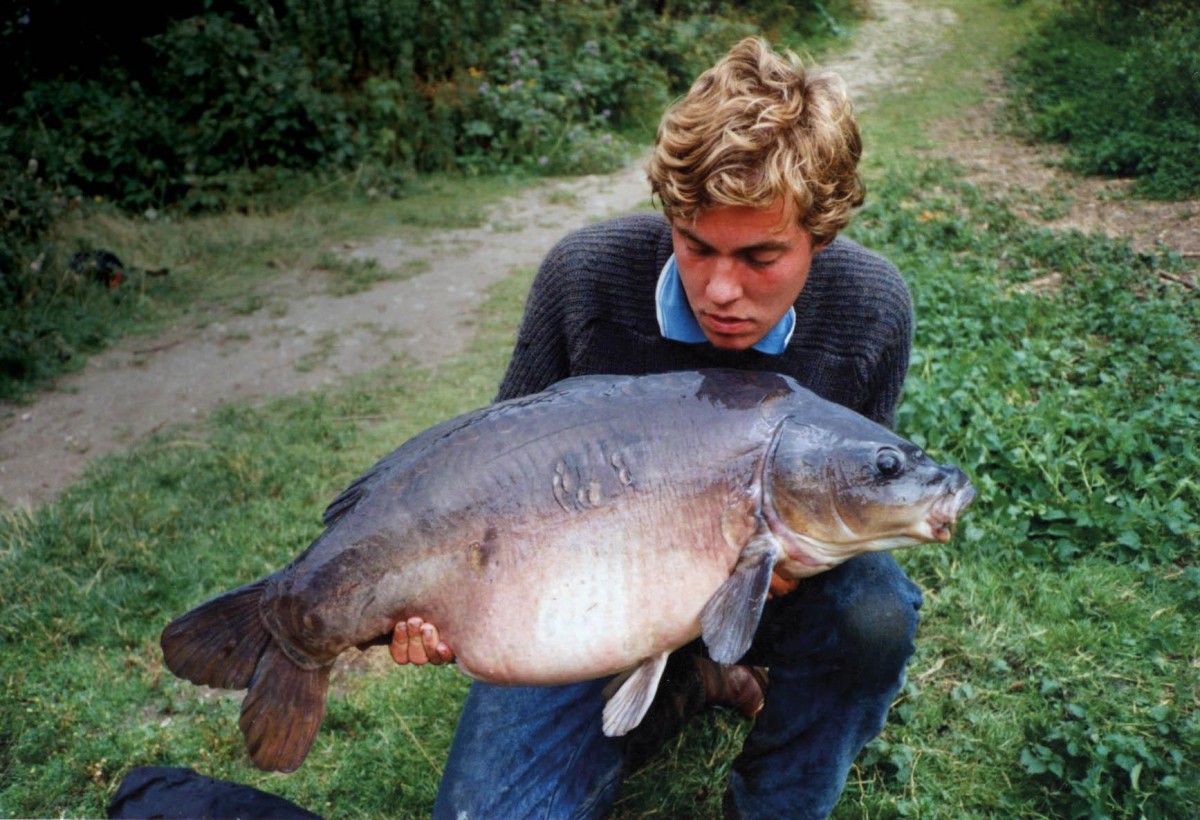
Bait Application - Part 3
Terry Dempsey recalls how, as a young carper, his strategy of baiting lightly paid dividends, and explains how the same approach continues to serve him well today.
During the past few months, I’ve talked about bait application and the many ways we as carp anglers can use it to our advantage. I’ve considered the importance of consistency, and whether baiting heavily or with only small amounts, regularity is the key. Should an angler wish to draw carp into his or her swim, they must create a strong food source for them, a food source that can be relied upon, and one which contains enough bait to withstand and survive the onslaught of ducks and nuisance fish.
I’ve also covered the different approaches to baiting. I’ve looked at tight baiting, and spreading bait over a large area; how we might create a spot from scratch, or an ambush area where we can intercept the carp when they move through. Through the use of bait, a carp angler can determine what they catch, and when they catch it.
Whilst piling in the bait and holding the fish for perhaps weeks on end has its advantages, there is an alternative approach which is much more subtle.
CURIOSITY KILLED THE CAT
Rewinding 36 years takes me back to the warm summer of 1986. I was 16 years old and had just officially left school. In those days we had an enforced close season on stillwaters, so from 16 June right through to the winter, I fished hard. One of the things that stands out for me that summer is how I made the acquaintance of a new friend. His name was Larry, and he was like most young carpers of the time. Larry never had the funds to purchase plentiful supplies of milk-protein boilies, so he would make do with what he could afford.
I remember fishing the Shoulder of Mutton with Larry one weekend, wondering why his rods kept going off. He soon let us in on his secret, which was simply to pop up mixers. A short, 10-inch hooklength of supple Black Spider Dacron tied to a running lead was as complicated as his rig got. The business end was two mixers carefully threaded onto a tight Hair. The trouble with the mixers, though, was that they expanded quickly once in the water, and were easily whittled down by the roach and rudd. For this reason, Larry would re-cast his hookbaits regularly—leaving a rod in the water for more than two hours was unheard of.
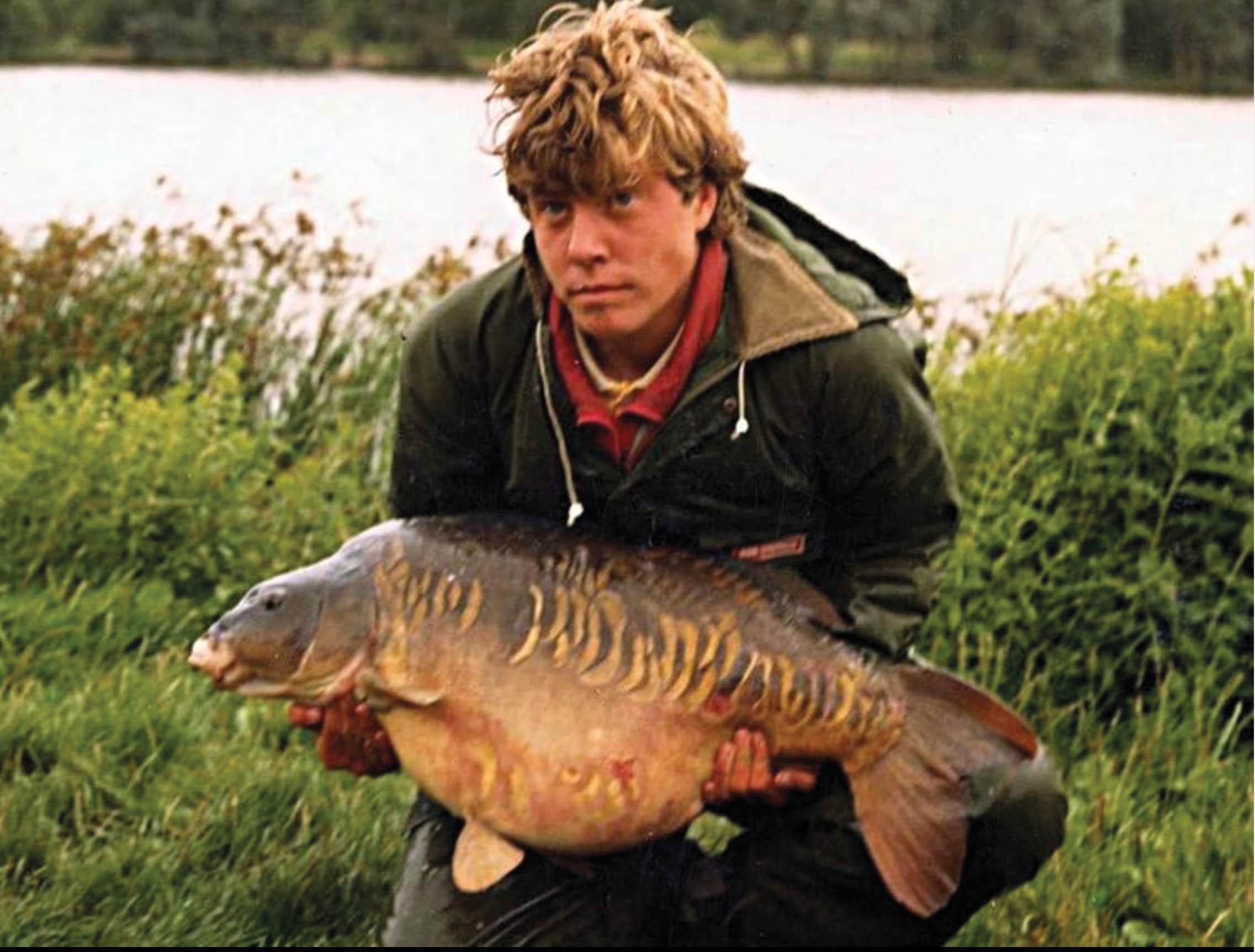
Seeing Larry’s success on the Shoulder of Mutton made me want to try his approach for myself, and before long, I was also catching well on popped-up mixers cast at groups of fish. Once I’d gained confidence in baits fished midwater, I started to make pop-ups by inserting polystyrene into baits. These were fished in the same style as the mixers, but lasted longer on the Hair. Fish were taken anywhere from three inches off the bottom to just under the surface.
Hainault Forest Lake was a rock-hard water in those days—with only a small number of wary carp to go for, it was granite! Larry and I did a week on there that summer, and we used nothing but midwater pop-ups and mixers. As a result, we hooked several of the lake’s larger residents. It’s funny looking back. There were some heavy baiters on the lake, anglers who had fished around and who certainly knew the score when it came to targeting big carp. They were horrified, however, to see our somewhat crude method do so much damage. On hot days, our approach proved deadly at the back of the islands. The carp would head into the shallow water late morning and often, during the middle of the day and in roasting heat, a fish would slip up. One by one, the Hainault carp fell to our baits fished in midwater.
The approach also did well for us at the Royston Lake in Little Paxton, later the same year. The fish in there loved a mixer, and a double bait fished midwater was devastating. Over a period of six months, we caught everywhere we fished.
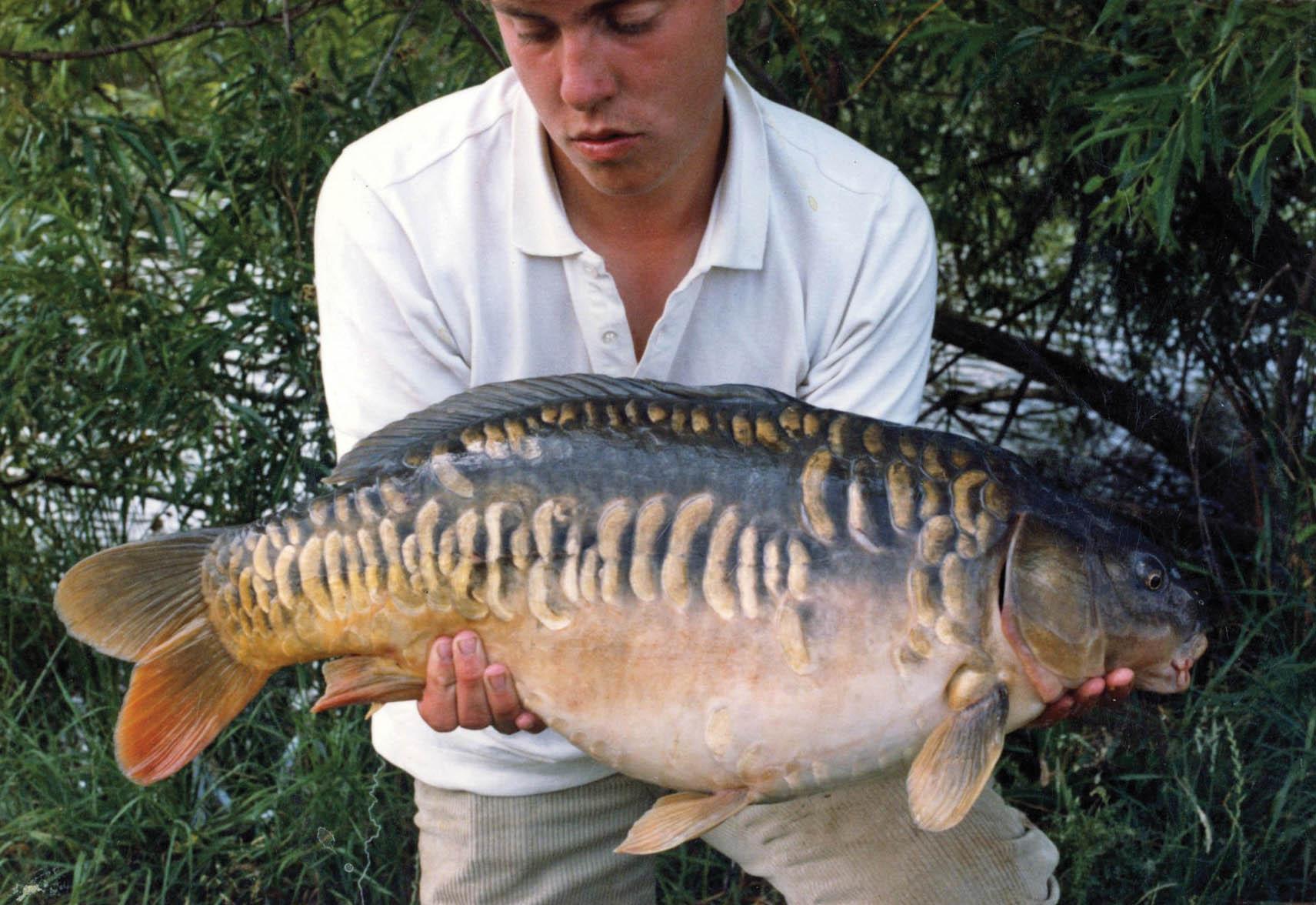
FISHING UP IN THE WATER
Fast-forwarding once again, as I write this piece for CARPology, I’m looking forward to a trip to a new gravel pit in the not-too-distant future. With the March sun shining and temperatures rising fast, I also recall the days when we fished popped-up mixers on Hainault Lake. During the past season on Stoneacres, I fished mainly on the bottom whilst using my favourite method of heavy baiting as I tried to draw the fish to me. Although I can’t complain about the number and size of fish I eventually landed, I watched others do exceptionally well on midwater baits.
The lake, being deep and very clear, was perfect for midwater baits, and just as the carp did for me at Hainault, the fish fell to my crude method, one by one. When you are on a baiting campaign and you stick to your guns, the rewards will come eventually, but just as I did, you will inevitably miss fish along the way.
With fly hatches occurring all over lakes through spring, a midwater bait will most likely prove the best bet. While a trimmed-down pop-up or piece of foam has taken the place of double mixers these days, it remains imperative to be on the fish.
When you think about it, nature is doing the baiting up for you, and those plumes of flies bursting through the surface are all you need. Once carp have gorged themselves on the insects, they will think nothing of snatching your trimmed-down pop-up or sliver of yellow foam, and when we talk about regimented and consistent baiting, there is nothing more regular than fly hatches and the emergence of naturals. Hatches occur all the time and their timings are governed by nature. Baiting during a campaign, however, can be sporadic and inconsistent. Some years a baiting team might turn up, but during others, there won’t be one on that water. A lake, though, is a natural larder, one that continually keeps on providing.
Knowing the effects of the seasons, then, and being familiar with a lake’s natural food sources are also key to good bait application. Even though most of the year can be good for single hookbaits and pieces of foam fished midwater, there are times when I would rather sit over a bed of bait. Up until spawning, I have done okay fishing over plenty of bait, but overall, I have done better fishing over lightly baited areas.
After the fish have spawned, though, I will double the amount of bait I use, and then double it again. Spawning takes a lot out of carp, and the days, or even weeks of thrashing around eventually take their toll. Once it is all finished and over with, the carp will be at their lowest weight of the year, and they will be in need of a big feed-up. Many of my best catches have come in July and August. This is when I get away with the largest beds of bait, and when multiple catches become a possibility. Natural food is also in abundance around this time, and fish can be seen fizzing, and ripping up the bottom most mornings.
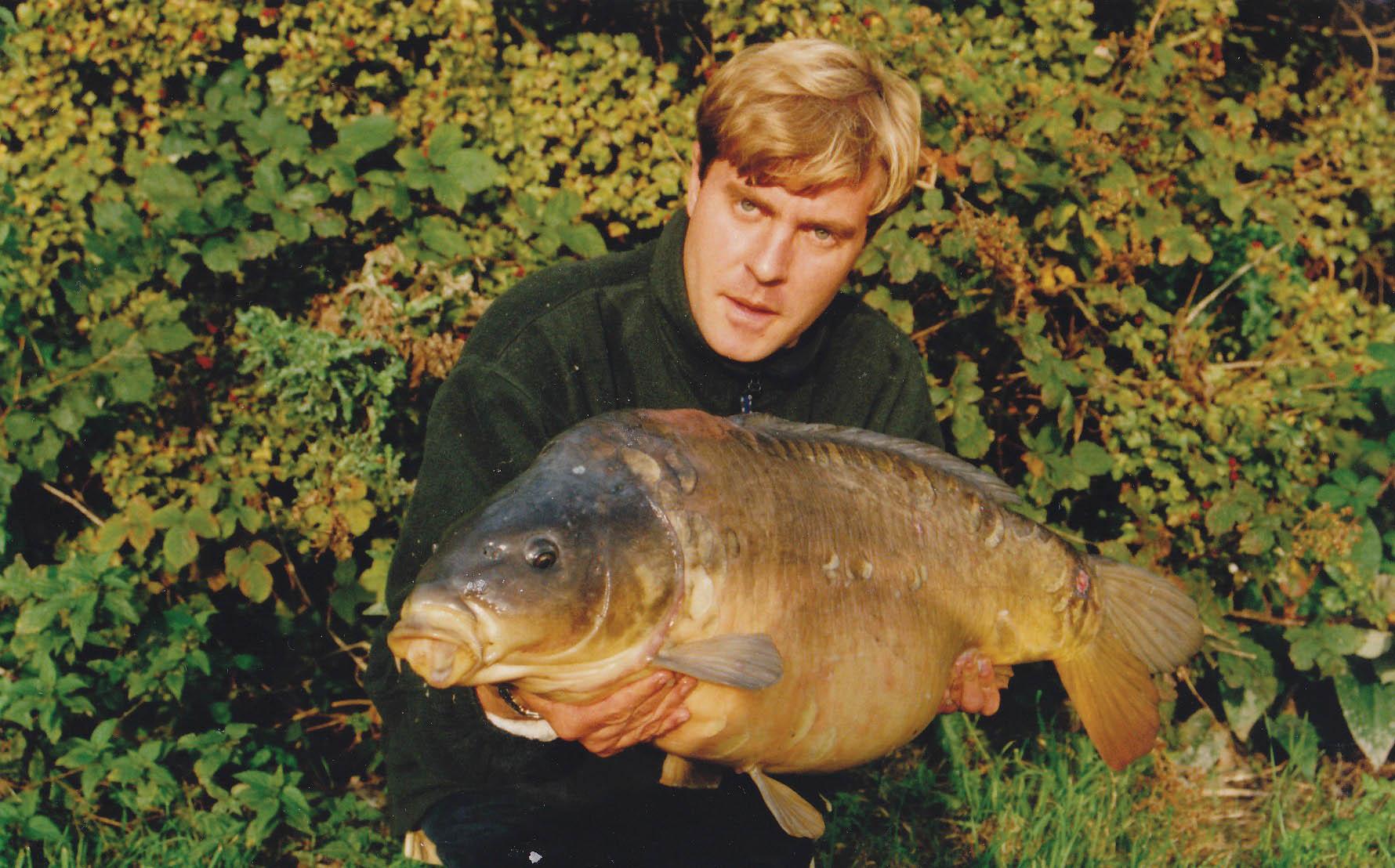
NOW HARD ON THE DECK
Having looked at the effectiveness of fishing midwater, and the use of pop-ups on long hooklengths, at the other end of the spectrum is fishing on the deck, and when I bait heavily, I like to keep my hookbait firmly on the bed of the lake.
On a tricky gravel pit several years ago, I remember noting that a group of carp would appear in my swim each day, before they fizzed over the spot. I was fishing a mix of 12mm boilies and 2mm pellet, and the fish would feed hard on the spot for maybe a couple of hours before they disappeared. This happened a couple of mornings running, leading me to the conclusion that they were clearing me out. I was using a Multi Rig at the time, fishing the bait popped up an inch off the bottom. I was using pop-ups as there was a thin layer of weed on the spot.
Wanting to change, I switched the rods so that the hookbaits were hard on the deck, but I lengthened the hooklink, given the presence of the weed. The following morning, I patiently waited for the carp to turn up once again. Like clockwork, at around 9 a.m., they duly arrived, fizzing over the baited area just as they’d done previously. The only difference on this particular morning, however, was that both rods fished on the spot screamed off. From that moment on, I never used a pop-up on that lake.
I do think methods blow on lakes, and on this one, mine certainly did. My results were great. I fished Nutcracker pop-ups over the baited area before it slowed down, but once the bottom bait was on, the takes started to come once more. One of the reasons I put bait in—and encourage others to do so too—is for the future. I noticed that on lakes where anglers used singles all the time, things got harder much quicker. It seemed that each year, fewer and fewer fish were getting caught. They must get tired of being hooked every time they pick up a hookbait, whereas if they’re eating bait regularly in the company of other fish, they will gain confidence, and will be more likely to get hooked at some point. We have all been on lakes where carp go missing for years and years. It’s not because they have stopped eating anglers’ bait, it’s because they have learned to eat anglers’ bait without getting caught.
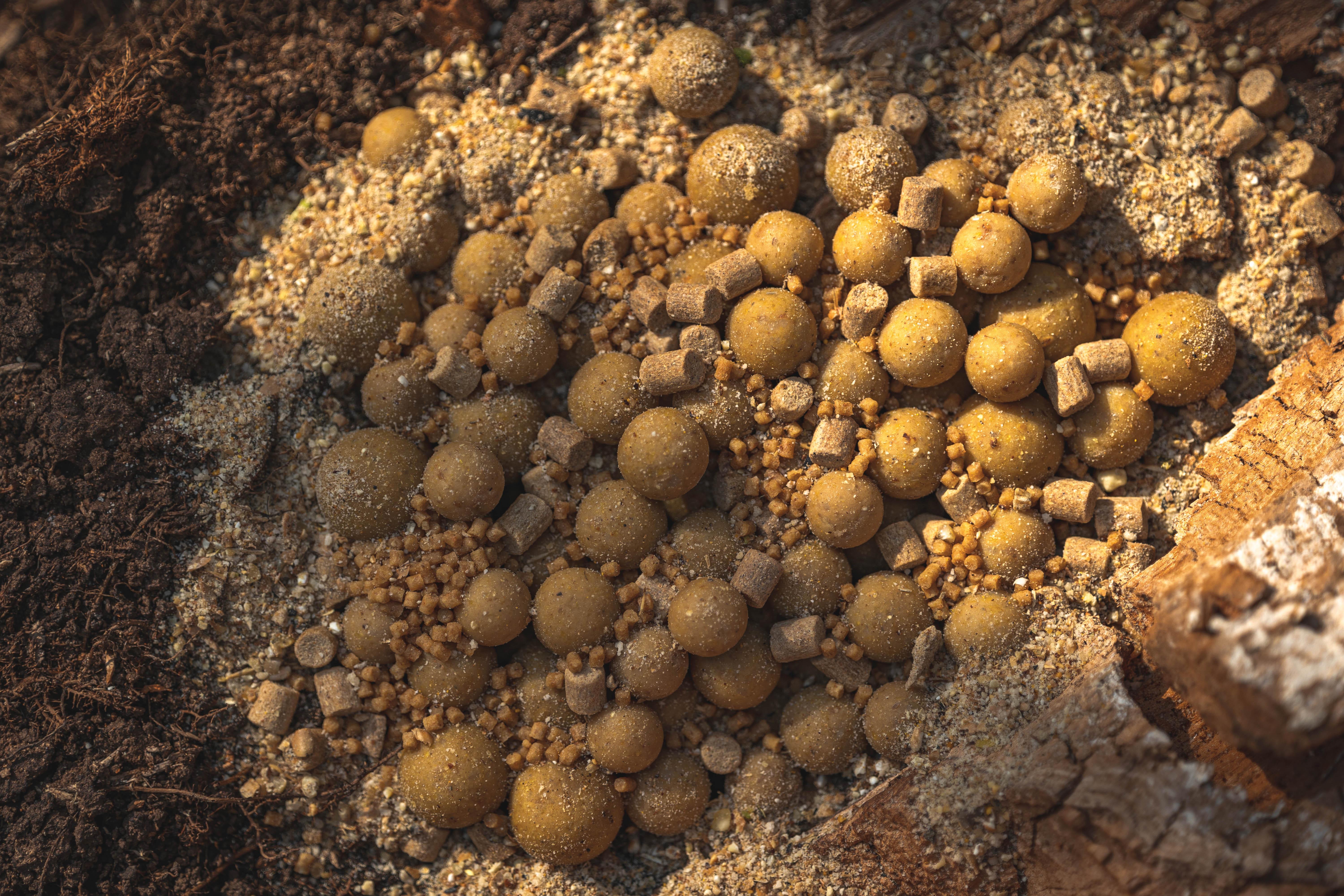
TECHNOLOGY IN CARP FISHING
We could pore over the many different scenarios where we try to outwit the carp by using bait to draw them in, or consider how we search for a spot where they want to eat, but a new type of angler is blowing all our perceptions out of the water. What I have seen over the past few seasons has really opened my eyes regarding anglers having an edge.
For years I fished pits like Wraysbury 1, big waters that held only a small number of carp. The Wraysbury carp were catchable, for sure, but the odds of one being in your swim were very low, and I cannot imagine the amount of time I spent behind my rods without there being a single carp within a mile of me.
One of the reasons I love carp fishing is its element of surprise; it’s the reason also, why I am still madly keen for it. Not knowing anything about the fish in a water, or the lake itself has been a part of my carp fishing from day one. There is nothing better than the rod hammering off on a difficult lake, one where you have had to endure numerable hardships along the way.
Some five or six years ago I did some filming on a Kent lake for Joe Morgan at CarpTV. I had been baiting a swim for weeks, and had camped out for two days before Joe turned up. As luck would have it, I had a take just before he arrived, and landed a 49lb common for the cameras. I will never forget that day. It was a special carp from a special lake, but there was something else I’ll never forget…
Joe had a drone with him, which he used to film footage from above. I had never seen one in use before and was curious to see the aerial view of my gravel pit. What we saw that day blew me away.
For a start, we could see every detail of the bottom: every contour, the bars, the gullies, the weed and the deep silt. I had made perhaps a thousand casts there with a marker float, and had felt the drop all over, but I’d never learned as much as I did looking at those few minutes of drone footage. Carp could be seen milking up the bottom as they fed, and groups of them swimming around told us everything about the routes they were taking. The 16-acre lake effectively became a small fish tank, almost like the one I have in my kitchen. Everything was there in plain sight. The edge of using a drone on a big gravel pit is an obvious one, to say the least. Fishing a big pit with a low stock is never going to be easy, but surely that’s a part of the appeal.
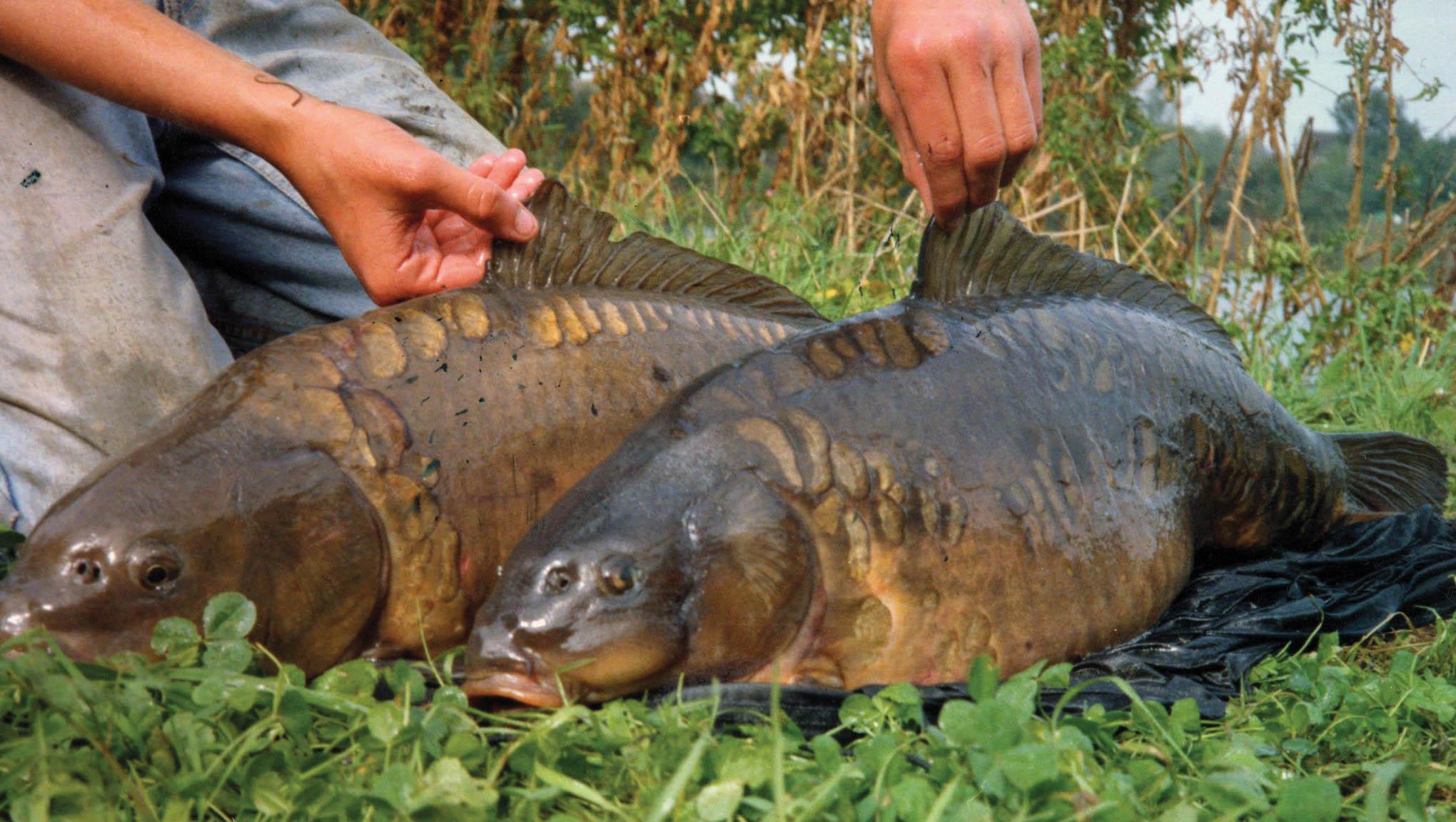
When trying to find carp, seeing them topping at first light or rolling in the dark is what keeps me fishing for them. The drone is an edge that ruins the element of surprise, one that also dumbs down the challenge of outwitting a big fish from a low-stock pit. I now hear about anglers using technology all the time in an effort to fill their albums to the brim. Whether it’s bait boats with cameras attached being sent deep under overhangs, devices that show footage of the lakebed, or sending a drone up to spy on the fish, it’s a shortcut to success that detracts from what we are trying to achieve, and its challenges along the way.



